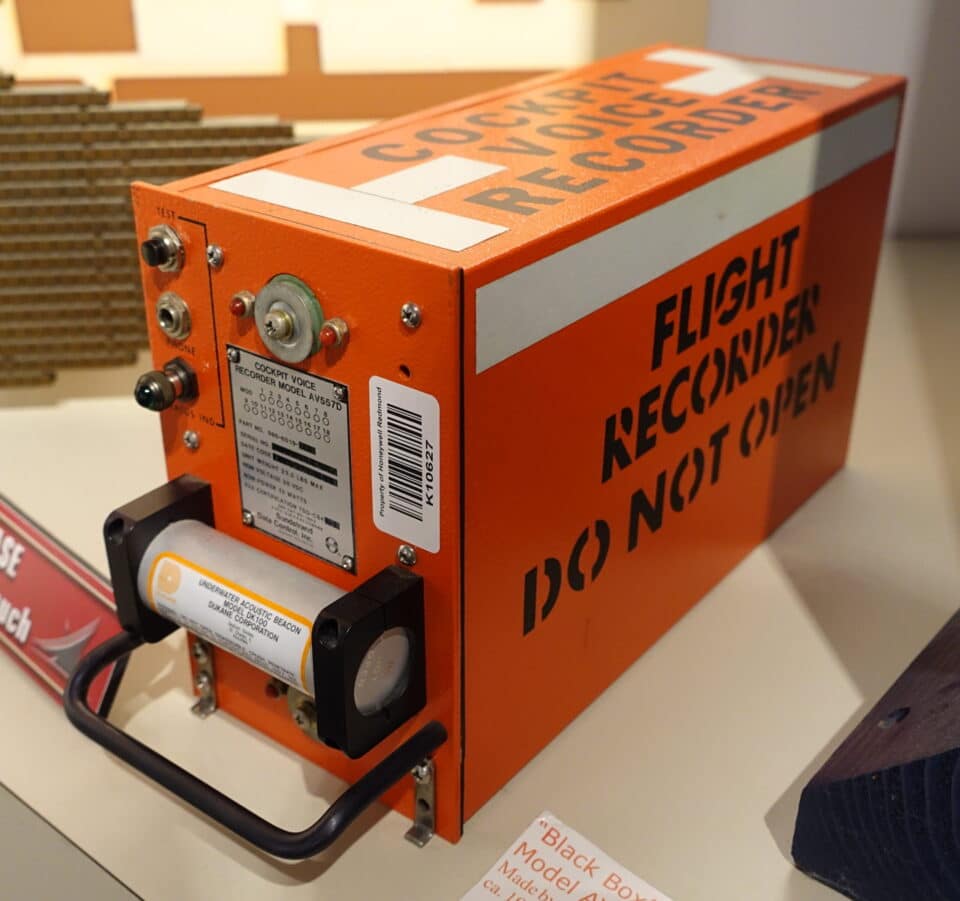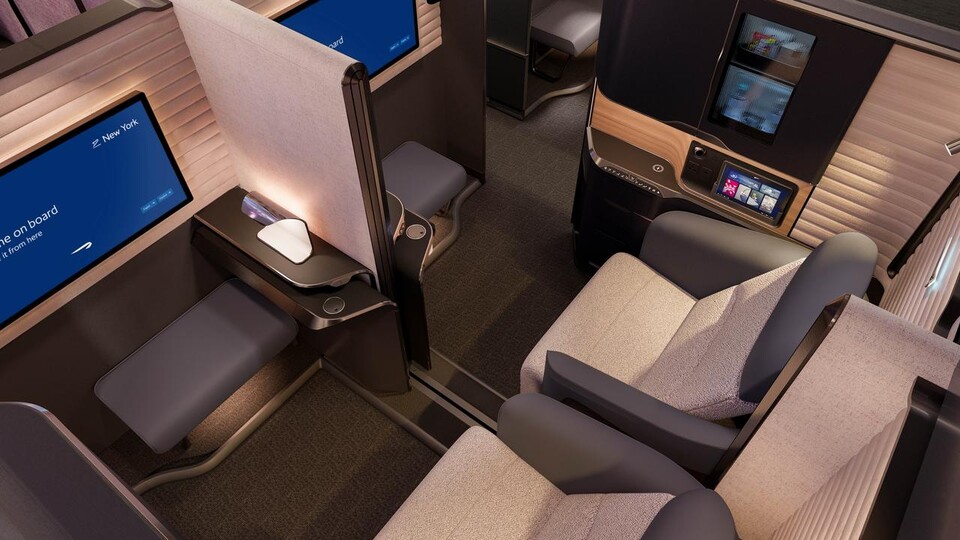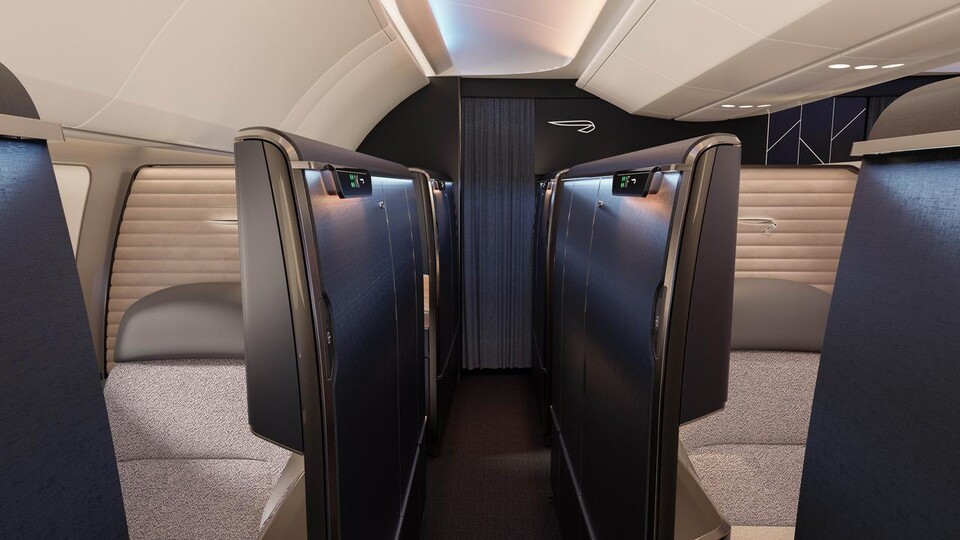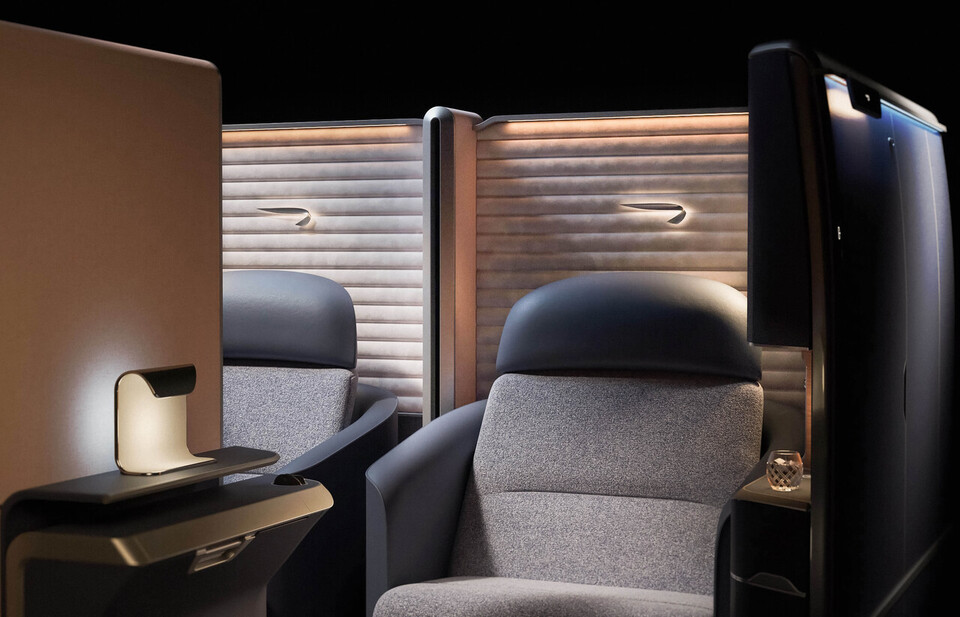Airlines
How does a Black Box Work ? its importance in an Aircraft.

What is Black Box in an aircraft, how does it work, and it’s significance in a crash investigation?
The Black Box, also referred to as a Flight Data Recorder, is a device that tracks every action of an airplane or other aircraft takes while in flight. Two black boxes are often located aboard an airplane, one in the front and another towards the back.
Usually, an airplane has two black boxes located in the front and rear of the aircraft. These keep track of flight data and aid in the reconstruction of an aircraft crash’s sequence of events.
The Titanium material that makes up Black Box and the Titanium box that it will be contained and give it strength to survive any shock if it falls into the water or from a great height.
Aircraft Encyclopedia: Discover the World of Aerospace : click here
The Black Box’s history.
A gadget that can provide information about the causes of plane accidents and might possible help in preventing accidents was thought to be necessary given the rising frequency of airplane crashes. Consequently, a black box was created. Earlier the box was red in colour and hence the name ‘Red Egg’. The inner walls of the box were black in colour, so it came to be known as a ‘Black Box’.
The Black Box has two separate boxes:
1. Flight Data Recorder: This device records data on direction, altitude, fuel consumption, speed, turbulence, cabin temperature, and other factors. It is possible to record roughly 88 of such values around 25 hours. This container can endure temperatures of 260°C for ten hours and around 11000°C for one hour. These boxes are easily recognizable since they are either red or pink in colour.
A Red Air MD-82 crashed and caught fire at Miami International Airport.(Opens in a new browser tab)
2. Cockpit Voice Recorder: This device stores the last two hours’ amount of flight sound. In order to forecast the state of the plane before any accidents occurred, it records the sound of the engine, the emergency alarm, the cabin, and the cockpit.
China’s TP500 freight drone makes its maiden flight.(Opens in a new browser tab)
How does a Black Box Work ?
The Black Box is formed with solid metal, as it was previously stated. Without any electricity, it can function for 30 days. A temperature of 11,000 °C won’t affect it. If this box is lost somewhere, it will continue to beep and emit out waves for roughly 30 days.
The investigators can recognize this voice at a distance about 2-3 kilometers. The Black Box’s ability to emit waves from a depth of 14,000 feet in the water is a fascinating fact. Although a black box does not always provide a clear picture of a plane accident and in some uncontrolled circumstances it may be difficult to locate, one thing seems certain it is essential to investigate plane crash.

Airlines
British Airways Unveils Its Brand-New First Class Cabin for the Airbus A380

British Airways has introduced its brand-new First Class seat, blending sleek design with expert British craftsmanship. Reflecting modern British luxury travel, this new cabin is part of the airline’s Airbus A380 retrofit plans, set to take flight in mid-2026.
The updated First Class cabin has been crafted to feel like a modern luxury hotel in the sky, complete with cozy touches and thoughtful British details.
Etihad Airways Unveils 10 Exciting New Routes for 2025
Designed by top experts from across Great Britain and Ireland—including London, Glasgow, West Yorkshire, Kilkeel, and Dublin—the seat reflects the best of British design and quality.
Features and Comforts
The new First Class seat is ultra-wide at 36.5 inches, with a bed length of 79 inches for ultimate comfort. It includes:
- A multi-purpose ottoman and stowable table.
- A 32-inch 4K TV screen.
- Adjustable mood lighting with modes like “relax,” “dine,” and “cinema.”
- A cocooned 60-inch curved wall for privacy while maintaining a spacious feel.
Passengers traveling together can enjoy a shared experience with a sliding divider that creates a lounge-like space. The stowable tables also allow for “buddy dining,” where two people can dine together.
The cabin’s flowing curves, inspired by the iconic Concorde wings, create a welcoming and stylish environment. Additionally, passengers can now wheel their luggage directly into their personal storage space, making settling in easier.
This country tops visa rejections in the popular Schengen countries
British Airways carefully considered customer feedback when designing this cabin. The seat includes practical storage and features like a fully rectangular bed for home-like comfort. Every detail, from usability to elegance, has been designed to enhance the travel experience.
British Airways is proud to be the only UK-based European airline offering a First Class product across the Atlantic. british airways premium economy and First Class travelers enjoy exclusive perks such as stylish seats, access to luxury lounges, fast-track security, and the First Wing at Heathrow. The airline ensures a premium experience from booking to landing.
This cabin upgrade is part of British Airways’ £7 billion investment in improving customer experiences. The airline has already introduced over 120 initiatives, including new short-haul seats, free onboard Wi-Fi messaging, and refreshed lounges worldwide.
-

 Aviation2 months ago
Aviation2 months agoMicrosoft Flight Simulator Raises $3 Million to Bring Back the An-225 Mriya
-

 Airlines2 months ago
Airlines2 months agoQatar Citizens Can Travel to the United States Without a Visa
-

 Aviation2 months ago
Aviation2 months agoQatar Airways bans these new Electronic Devices on plane
-

 Airlines2 months ago
Airlines2 months agoJapan Airlines Rolls Out Free Domestic Flights to International Passengers
-

 Travel2 months ago
Travel2 months agoQatar Airways Launches Four Additional Flights from Amsterdam
-

 Defence2 months ago
Defence2 months agoWhich Country Has the Largest Fleet of Fighter Aircraft?
-

 Airport2 months ago
Airport2 months agoWestern Sydney Airport Welcomes Its First Plane After 6 Years of construction
-

 Airlines4 days ago
Airlines4 days agoDAMAC Air: Dubai’s New Luxury Airline Offers Free Flights for Registration










